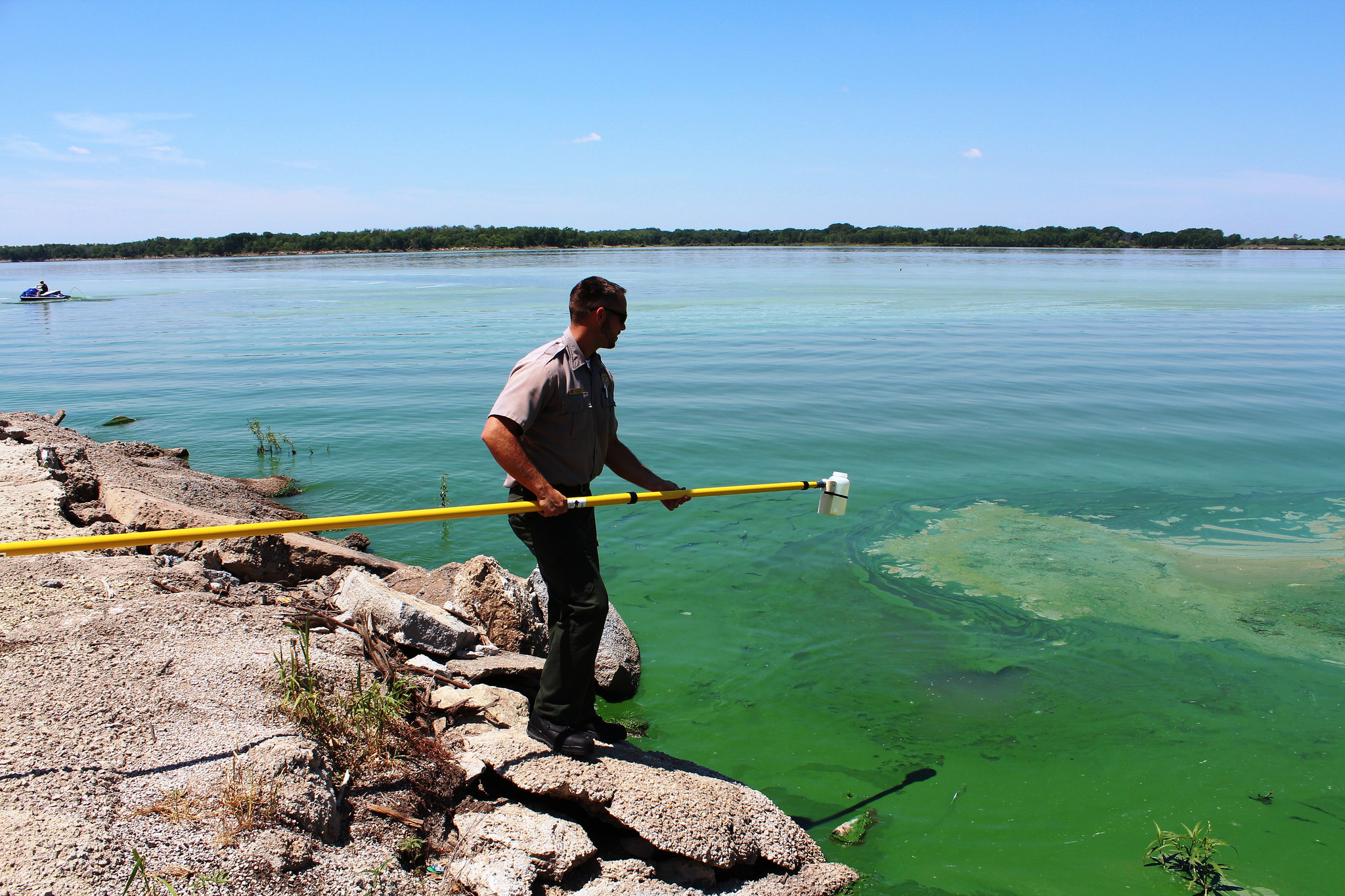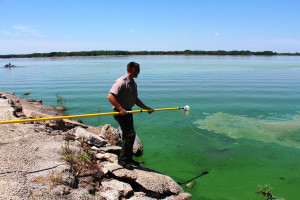rivers
Dams And The Environment
There are an estimated 84,000 dams in the United States which impound 600,000 miles of river, or about 17% of the rivers in the country. Within the next 15 years, more than 90% of the world’s rivers will be fragmented by at least one dam.
Save The Turtles
New York is home to 11 native species of land turtles. Many of the species can’t breed until age 10 and then they lay just one small clutch of eggs each year by digging in a suitable patch of sandy soil. As a result, breeding females are at a premium for the welfare of the species. Overall, turtles are on decline in the Empire State.
Less Sulfur In The Soil
Acid rain is rain containing high levels of nitric and sulfuric acids. The main culprit for it is the burning of fossil fuels, particularly coal-burning power plants. The most serious effect of acid rain is the creation of toxicity in lakes, wetlands and other aquatic environments, doing great harm to a wide range of aquatic animals.
Go With The Flow
Have you ever wondered what happens when a fish encounters a dam or a culvert? Too often, these structures are barriers to breeding and nursery sites, feeding grounds, and vital genetic mixing. In a warming world, barriers also prevent fish from seeking refuge as stream temperatures change.
Climate Change And The Global Food System
One of the most troubling aspects of global climate change is its potential impact on the production, distribution and quality of food. A report issued at the 2015 Paris Climate Conference focused on identifying climate change impacts on global food security. Food security is the ability of people to obtain and use sufficient amounts of safe and nutritious food. Even without the impact of climate change, food security is a challenge because of increasing population, poverty, and changing eating habits.
[Read more…] about Climate Change And The Global Food System








